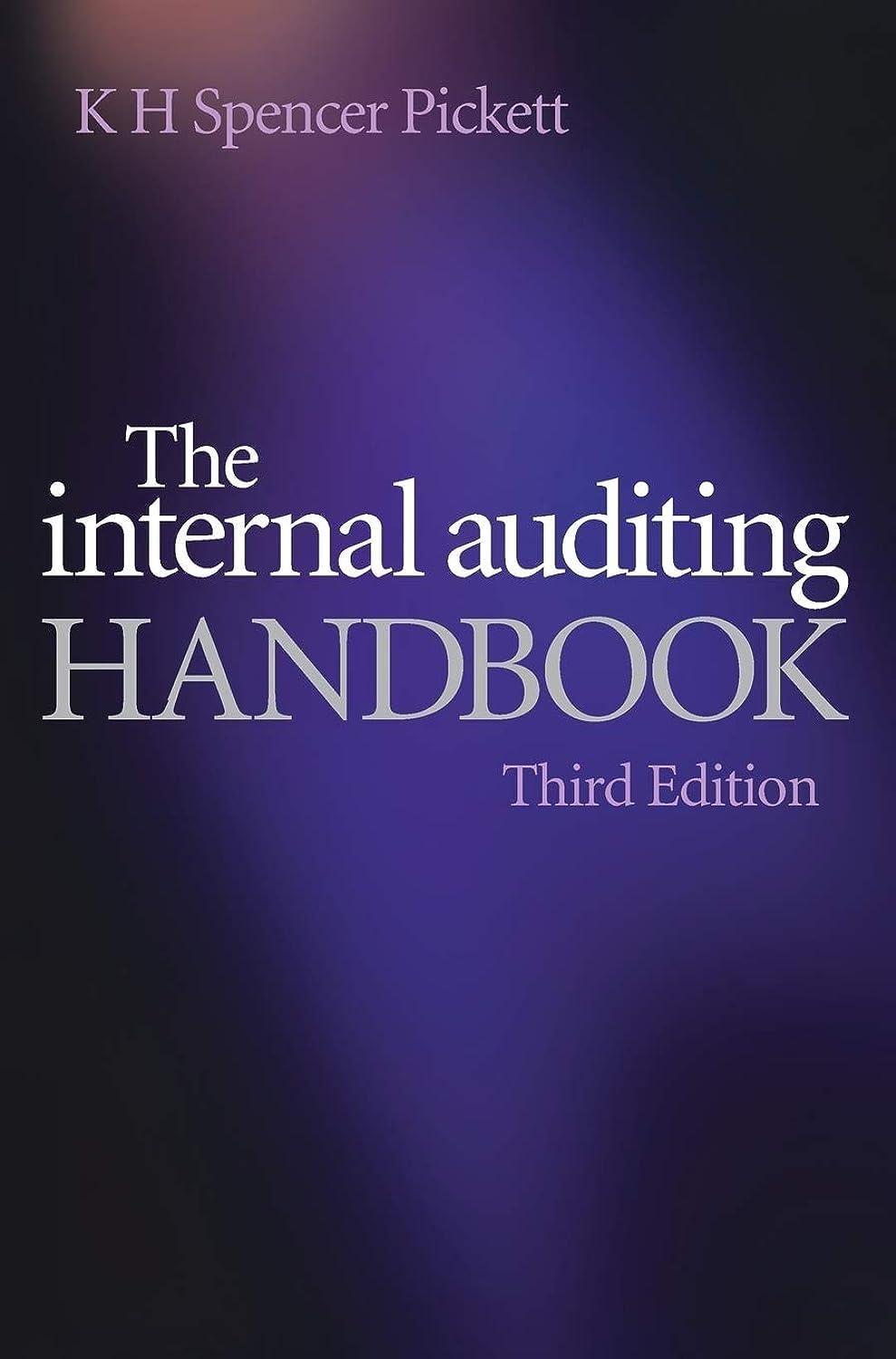Receivables are amounts expected to be collected in cash in the short-term arise from sales to customers, are negotiated agreements to loan money for a specified time at a given rate of interest, and other receivables may be in the form of the interest due on a note (interest receivable) or from amounts due outside the normal course of business. Receivables are reported on the. Accounts receivable are recorded when the sale is made for the amount of the invoice. Payment terms differ by company. If the company provides for an early payment discount, the receivable is adjusted when the cash is received. On September 10, Seller Co, sells $4, 200 in merchandise to Buyer Inc. with credit terms 3/10, net 30. Buyer pays invoice on September 15. A company that extends credit to its customers assumes the risk that its customers may not pay the amount that they owe. Amounts that are never collected are an expense to the company. There are two methods to record bad debt expense: the direct write-off method and the allowance method. The method follows GAAP, because it consistently adheres to the matching principle by timing the expense with the revenue and the conservation principle by reporting receivables at the amount expected to be collected. What happens to the difference between the actual amount due and the amount the company expects to collect? The difference, which is an estimate, is stored in a contra asset account called. The balance in this account is deducted from the balance in the Accounts Receivable account to determine the net realizable value of receivables. The use of this account prevents assets from being on the balance sheet. Under the allowance method, there are two approaches to calculate the amount for the adjusting entry at the end of the period: an Income Statement approach and a Balance Sheet approach. Receivables are amounts expected to be collected in cash in the short-term arise from sales to customers, are negotiated agreements to loan money for a specified time at a given rate of interest, and other receivables may be in the form of the interest due on a note (interest receivable) or from amounts due outside the normal course of business. Receivables are reported on the. Accounts receivable are recorded when the sale is made for the amount of the invoice. Payment terms differ by company. If the company provides for an early payment discount, the receivable is adjusted when the cash is received. On September 10, Seller Co, sells $4, 200 in merchandise to Buyer Inc. with credit terms 3/10, net 30. Buyer pays invoice on September 15. A company that extends credit to its customers assumes the risk that its customers may not pay the amount that they owe. Amounts that are never collected are an expense to the company. There are two methods to record bad debt expense: the direct write-off method and the allowance method. The method follows GAAP, because it consistently adheres to the matching principle by timing the expense with the revenue and the conservation principle by reporting receivables at the amount expected to be collected. What happens to the difference between the actual amount due and the amount the company expects to collect? The difference, which is an estimate, is stored in a contra asset account called. The balance in this account is deducted from the balance in the Accounts Receivable account to determine the net realizable value of receivables. The use of this account prevents assets from being on the balance sheet. Under the allowance method, there are two approaches to calculate the amount for the adjusting entry at the end of the period: an Income Statement approach and a Balance Sheet approach







